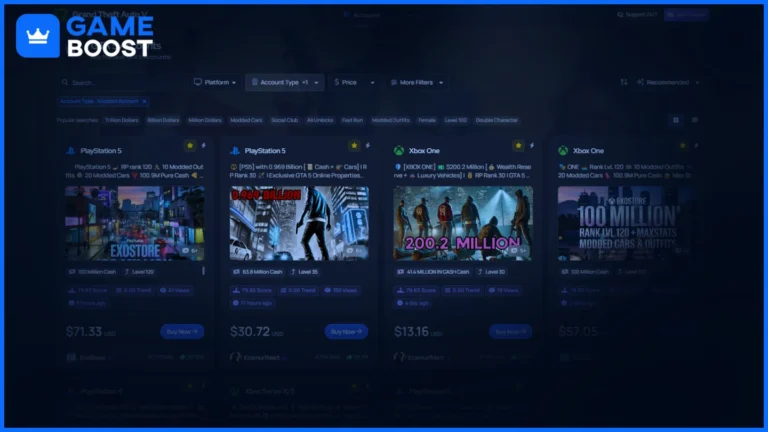Is TCP-Com Interoperable with Modern Techniques and New SCADA systems?

Most industries are still operating with old machines and instruments that communicate with each other using serial communication (RS232, RS485). The systems were developed much earlier than the Ethernet and TCP/IP networks became the norm. Consequently, they may be hard to integrate with contemporary control or monitoring programs.
The majority of older devices have physical serial-only communication, which is not flexible. Newer SCADA (Supervisory Control and Data Acquisition) networks are, however, based on IP-based networks to exchange real-time data. This generates an incompatibility issue between the devices of the old serial-based and the new network-based monitoring platforms. This is where tcp-com comes into the picture. You can rely on this port device to deal with modern technologies. You can consult expert companies, such as Aggsoft, to know more about such software details.
How TCP-Com Can Be Used to Close this Gap?
TCP-Com is a medium of interaction between these two worlds. It translates serial data of old equipment into TCP/IP packets that are transmissible across a network. Likewise, it enables the SCADA systems to transmit commands back to the serial device as though they were directly connected.
With the help of the TCP COM, the older machines can be connected to current control systems without the need to alter hardware or rewrite your programs. It is similar to a translator; it takes data sent by the serial port, wraps it in TCP/IP format, and sends it out into the network. The process allows engineers to lengthen the lifespan of the useful legacy equipment as well as modernize the monitoring infrastructure.
How Does It Work?
Suppose you have a pressure sensor with an RS232 connected to one computer, and you wish to access the data on it in another computer with SCADA software running. TCP-Com assists in the process of forming a virtual serial connection with the network.
And the steps to follow are these:
- Install TCP-Com in the computer where the serial device is installed.
- Adjust a virtual COM port to connect the local serial port to a TCP/IP address.
- In the SCADA system, make it read data from that TCP/IP port rather than a local port.
- Information is now transmitted through the network as a normal physical cable does.
The SCADA application assumes that it is communicating with a local COM port, but in the real case, it is reading data sent over Ethernet by the old device.
What is the Benefit of This Integration to Companies?
Major advantages of integrating legacy equipment into modern systems include:
- Cost savings: It is not necessary to upgrade unnecessary machinery.
- Centralized control: There is an opportunity to control all the equipment at the same location.
- Long life of equipment: Outdated equipment lasts long in the current infrastructures.
- Remote access: Engineers can troubleshoot or find data anywhere on the network.
Such integration of both old and new technology makes the operations more efficient and does not interfere with the current workflows.
Why choose Aggsoft TCP-Com to integrate industries?
Aggsoft TCP-Com would be a good bet to use in case you are wondering which tool can effectively manage both serial and network communication without any hassles. It is compatible with a large variety of serial devices, has both in-depth diagnostics, and provides the necessary safety and consistency in data transfer.
It is used by businesses in manufacturing, utilities, and automation as a means of making communication between old systems and the new, sophisticated control systems easy. The software is easily configured to ensure that the teams’ link systems are fast without having to employ experts or adjust equipment software.
What Can You Do to start to combine the old devices with the SCADA effortlessly?
You may start by downloading TCP-Com, found on the site of Aggsoft. As soon as it is installed, it takes you through a convenient configuration. Your serial devices can begin to transmit data to your SCADA applications using TCP/IP networks within minutes.
In the case of TCP-Com, it is easy, economical, and very dependable to bridge the gap between the traditional equipment and the new digital systems. It is the easiest method of upgrading your industrial communications network, and this is achieved without having to upgrade the hardware that continues to do the job.





